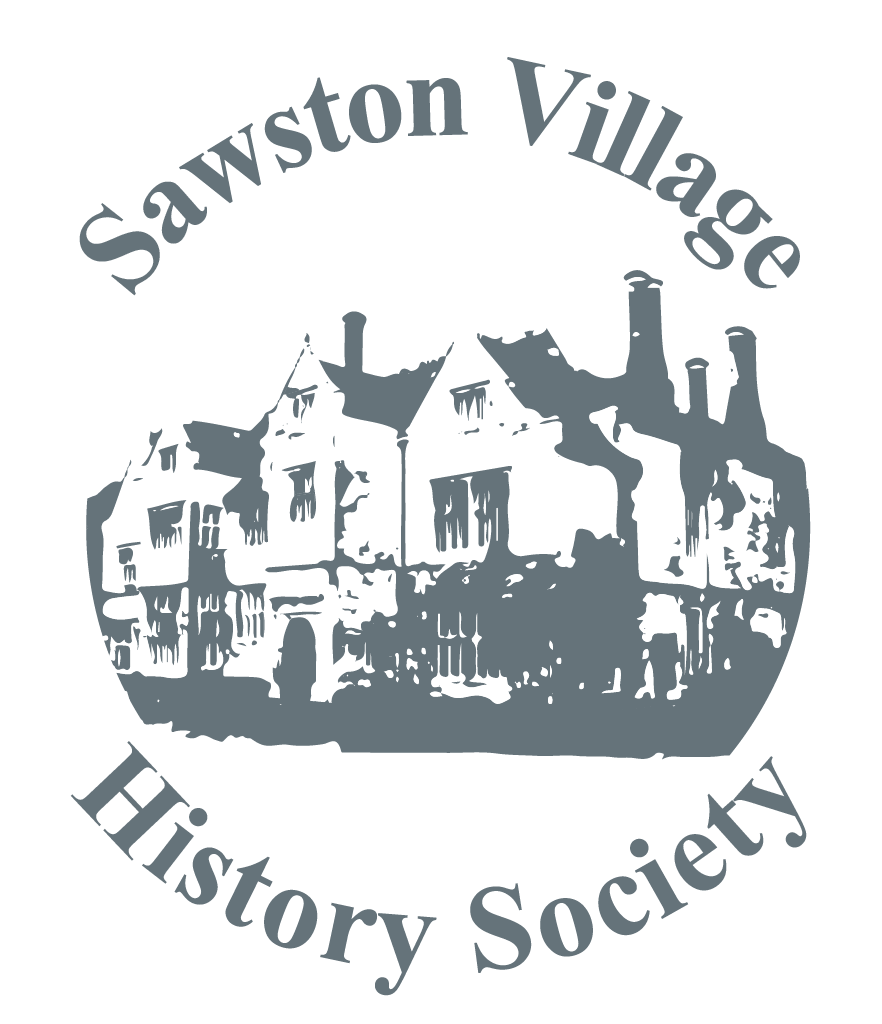
A watercourse originally went from Nine Wells in Great Shelford, north west into the river Cam. The chalk springhead now has about five identifiable springs (not wells).
A new watercourse to bring fresh water to Cambridge was suggested in 1574 by the Master of Peterhouse College who was also Vice Chancellor of the University at the time. It was agreed in 1610 and a trust was set up and benefactors were found. This was an unusual co-operation between town and gown.
Hobson was a carrier in Cambridge (famous for his stables and ĎHobsonís Choiceí of rented horses). He died in 1630 and left land in his will, the income from which would finance the maintenance of the watercourse.
Hobsonís Conduit is the name of the elaborate small water tower on the corner of Lensfield Road and Trumpington Road. It used to be in Market Square and was the source of free-flowing clean water for the people of Cambridge. It was moved to its current site in 1856. The watercourse from Nine Wells was diverted along Hobsonís Brook northwards, and eventually alongside Trumpington Road, supplying water to the Botanical Gardens, and then to the waterhead where Hobsonís Conduit is now. It then split, some going underground to Market Square, and some going east beside Lensfield Road then north behind the buildings in Regent Street where it supplied Emmanuel College and Christ's College. Along St Andrews Street, there were runnels on both sides of the road to supply the colleges, similar to those still on both sides of Trumpington Street. Surplus water then went to the remnants of Kingís Ditch.
The watercourse is still financed and controlled by the Hobsonís Conduit Trust.
Tony Moss